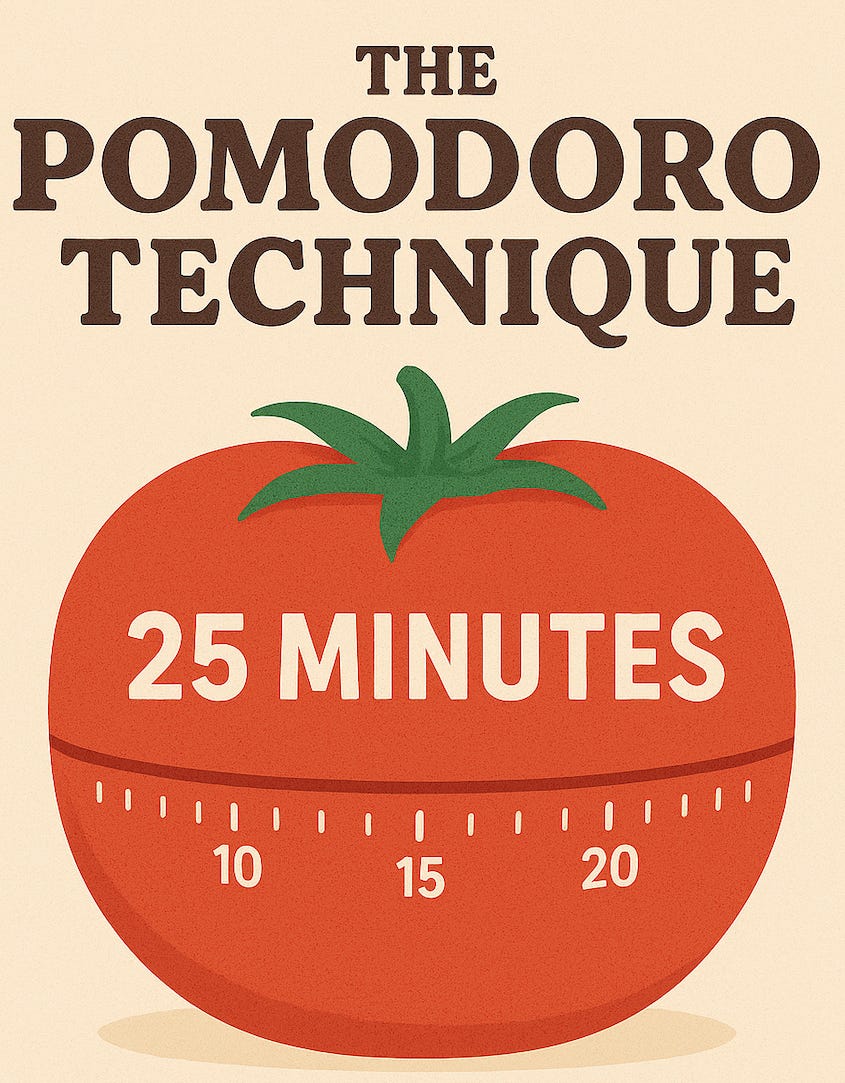There’s a lot of talk right now about AI in education, how to use it, what to integrate, what the future of learning might look like. And that’s important. But lately, I’ve been thinking about something a little more human.
Are we giving students the space they need to actually focus?
We’re building smarter tools every day. But the school day? It’s still long. Still packed with back-to-back lessons. And for so many kids, there’s very little room to breathe. Little room to develop the kind of focus we expect from them.
This hit home for me recently when I started studying for an exam. It’s been a while since I’ve had to prep for a test, and honestly, it was a struggle. I’d sit down, start reading, and suddenly I was checking my phone, re-reading the same sentence, losing the thread completely.
And I’m an adult with a fully developed brain and a decent understanding of how I work best.
So if I’m struggling to stay focused, what does that mean for students? Especially those navigating constant pressure to perform, engage, and keep up in a system that doesn’t always give their attention the time it needs to grow?
Here’s what we do know. Focus is a skill. One that develops over time and is deeply tied to executive function. According to research from Harvard’s Center on the Developing Child, skills like attention, self-regulation, working memory, and cognitive flexibility don’t just emerge on their own. They’re built through experience, routine, and supportive environments.
By age three, many children can begin directing their attention and following simple rules. By five, they’re developing the ability to hold multiple ideas in mind, shift between tasks, and manage their behavior. These are foundational learning tools. But they also take time to develop.
Yet in many classrooms, we expect kids to sit still and stay focused for long stretches without always giving them the space or tools to get there.
So what can we actually do?
One thing that’s helped me and that I think has real potential in schools is the
Pomodoro Technique. It’s not new. It’s not trendy. But it works. And it’s based on how our brains actually function, not how we wish they did.
The basic structure goes like this:
Focus for 25 minutes
Take a 5-minute break
After four rounds, take a longer break
It sounds simple, but it’s surprisingly effective. It respects our natural rhythm. Our brains need intervals of deep work and recovery. That’s true for adults. And it’s especially true for kids, whose executive function is still developing.
We’re already seeing pieces of this in classrooms, even if we don’t call it Pomodoro.
Teachers are Breaking lessons into smaller chunks Building in movement or mindfulness breaks Using centers or task cards with 20 to 25 minute rotations Helping students reflect, reset, and learn how to focus as a skill
This kind of structure doesn’t just support focus. It helps build attention, self-regulation, and executive functioning in ways that align with how kids actually grow and learn. Harvard’s research shows that these skills are strengthened through consistent routines, supportive environments, and opportunities to practice over time.
That’s why I’m encouraged by California’s Universal TK rollout. We’re finally starting to recognize that learning doesn’t begin with academics. It begins with readiness. Through play, kids are learning how to be in a classroom, how to share space, how to interact, and how to focus. That’s not just kindergarten prep. That’s life prep.
As we keep exploring AI, innovation, and new tools in education, I hope we’re also making space for this conversation. Tech can do a lot. But it can’t teach kids how to focus. That’s still our job.
And if we don’t give students the time to breathe, reset, and build the very skills we want them to have, no amount of AI is going to make up for that.
We need to be just as thoughtful about how students learn as we are about what they learn.



I used a similar technique in my last setting! We started with 20 minutes on task, 15minutes off-task (regulation break). Slowly increasing the on-task time to around 35/40 minutes and the off-task time to 5-10 minutes.
It's interesting to know that 25 on, 5 off is the sweet spot!
Such a good reminder that focus is a learned skill.